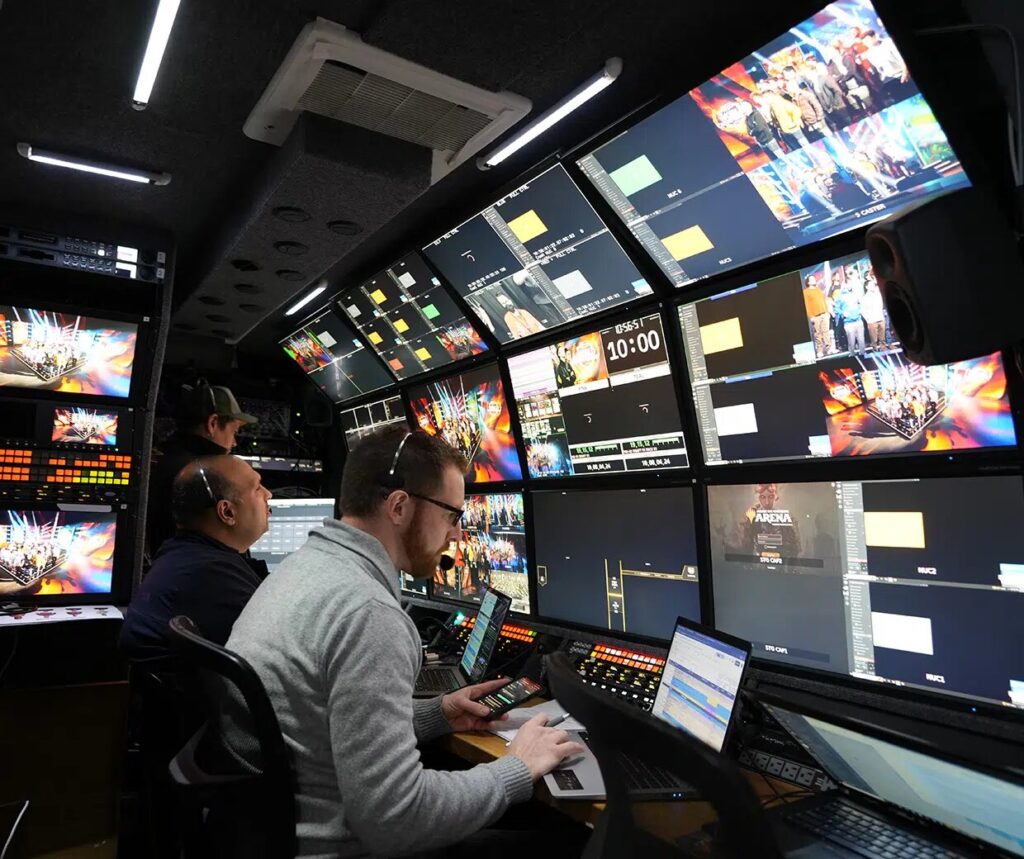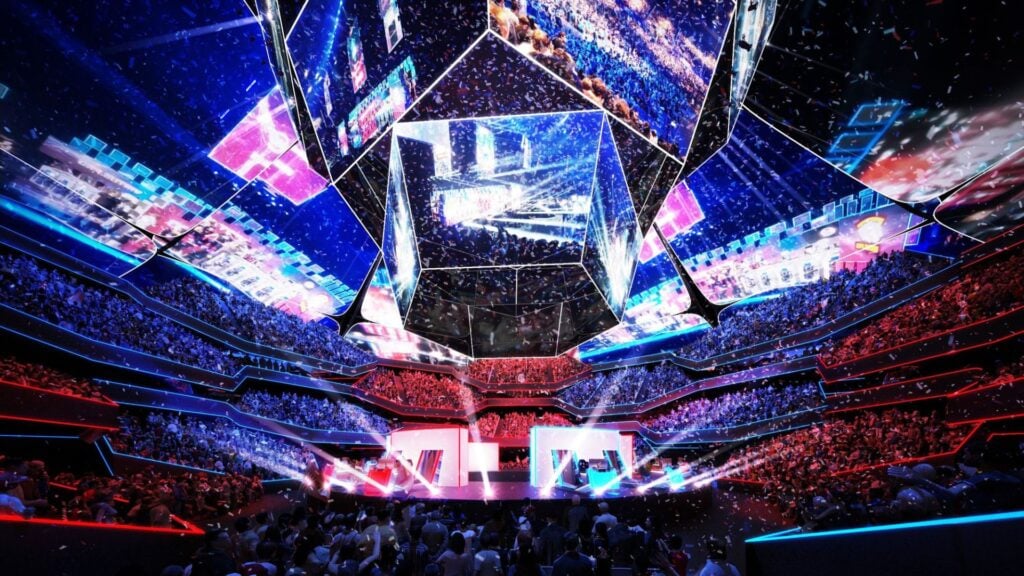Esports has rapidly evolved from niche entertainment to a mainstream phenomenon, captivating millions of viewers worldwide. This global rise has been significantly propelled by advancements in broadcasting technology, which have made it easier than ever to stream and watch competitions in real-time. This article explores the transformative journey of esports broadcasting, highlighting the major trends, technological innovations, and what the future holds for spectators.
The Early Days of Esports Broadcasting
Initially, esports broadcasts were limited to simple setups involving basic live streaming or recordings on platforms like early versions of Twitch or local networks. Viewers often faced issues like low video quality, high buffering times, and limited access. These humble beginnings laid the groundwork for what would become a multi-billion dollar industry as broadcasters began to explore the potential of reaching a global audience.
Major Technological Advancements

The advent of dedicated streaming platforms such as Twitch, YouTube Gaming, and Mixer brought revolutionary changes to esports viewing. These platforms not only improved the quality and stability of streams but also introduced features like live chat, which allowed viewers to interact during broadcasts. Innovations such as high-definition streams, 360-degree video, and cloud-based broadcasting services have significantly enhanced the viewer’s experience.
The Role of Big Data and Analytics
Data analytics has become a cornerstone of esports broadcasting, with companies using viewer data to optimize broadcast times, adjust content, and enhance user engagement. Analytics tools monitor viewer preferences, behavior, and engagement levels, allowing broadcasters to tailor their content more effectively and increase retention rates. This data-driven approach helps in creating a personalized viewing experience that resonates with the audience.
Integration of Augmented and Virtual Reality

Augmented Reality (AR) and Virtual Reality (VR) are set to redefine the spectator experience in esports. These technologies offer viewers an immersive experience, such as the ability to view a game arena in 360 degrees or step into the shoes of a player during a live match. Examples include VR spectator modes in games like “DOTA 2”, which allow fans to watch live games within a virtual stadium environment.
The Influence of Social Media
Social media platforms have played a pivotal role in the exponential growth of esports viewership. They serve as vital channels for promoting events, sharing highlights, and engaging with fans. Platforms like Twitter, Instagram, and Snapchat offer behind-the-scenes content, live updates, and interactive fan engagement opportunities, creating a vibrant community around esports.
Regulatory and Ethical Considerations
As the esports industry continues to grow, so do concerns over regulation and ethics in broadcasting. Issues such as the display of gambling content, advertising standards, and the protection of younger audiences are at the forefront. Broadcasters and regulatory bodies are increasingly working together to establish guidelines that ensure content is appropriate and ethical while still promoting a thriving market.
Economic Impact
Esports broadcasting has become a lucrative business, attracting significant investments from advertisements, sponsorships, and media rights deals. This influx of capital has spurred further growth in the industry, with teams, organizers, and broadcasters expanding their operations globally. This economic impact is also fostering more professional opportunities in the sector, from production to marketing and beyond.
Looking ahead, the integration of Artificial Intelligence (AI) in broadcasting is likely to be a game-changer. AI could automate camera angles, enhance streaming quality, and provide real-time analytics during broadcasts. Further advancements in AR and VR, coupled with faster internet speeds, will likely lead to even more engaging and interactive viewer experiences.
